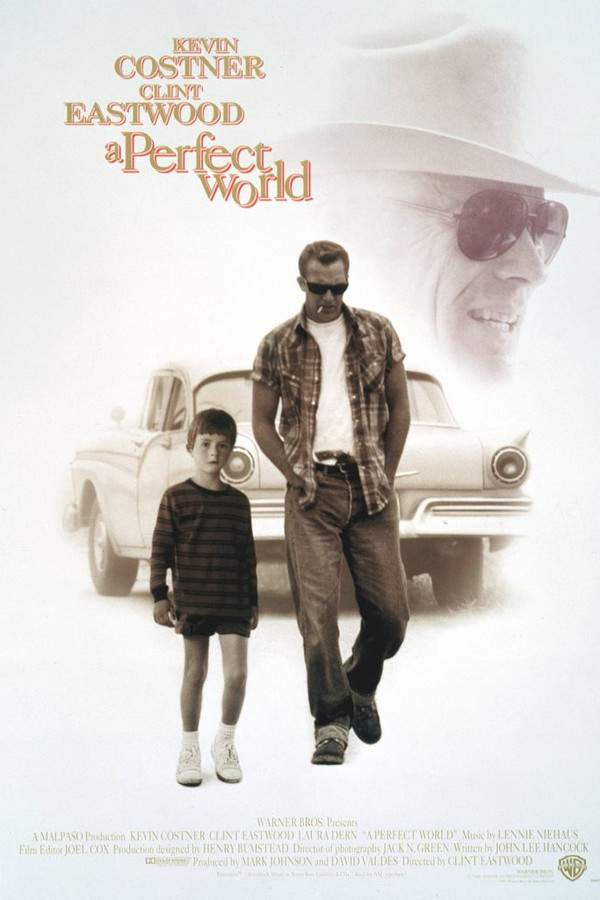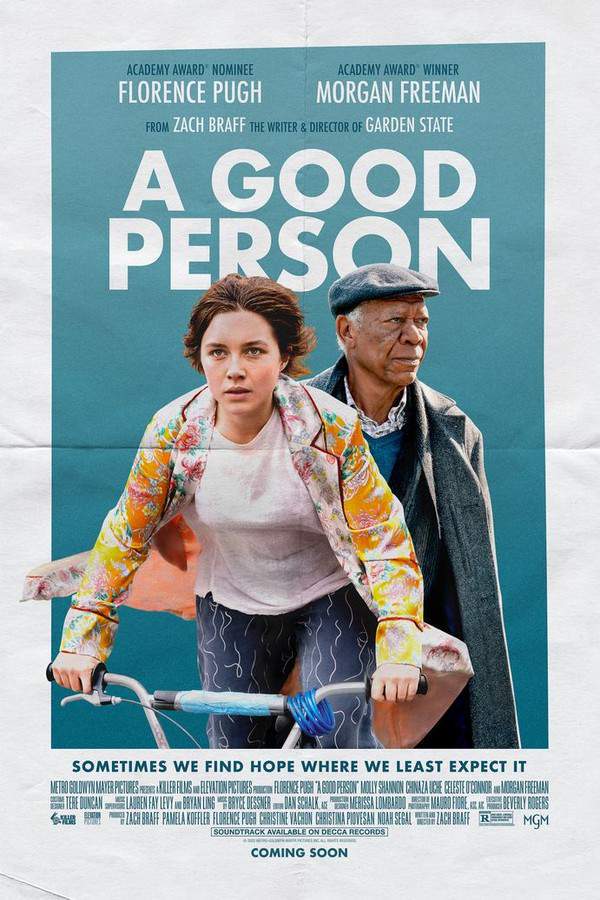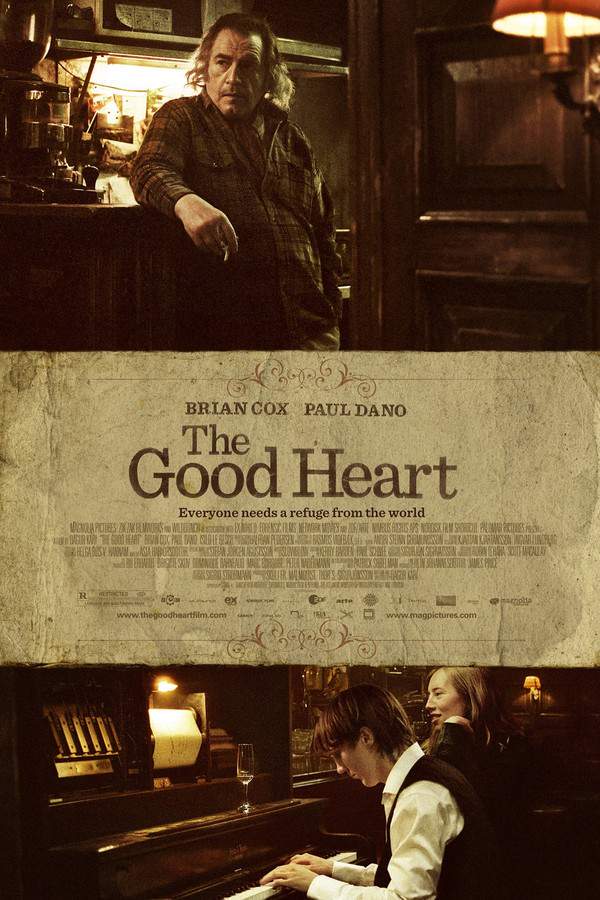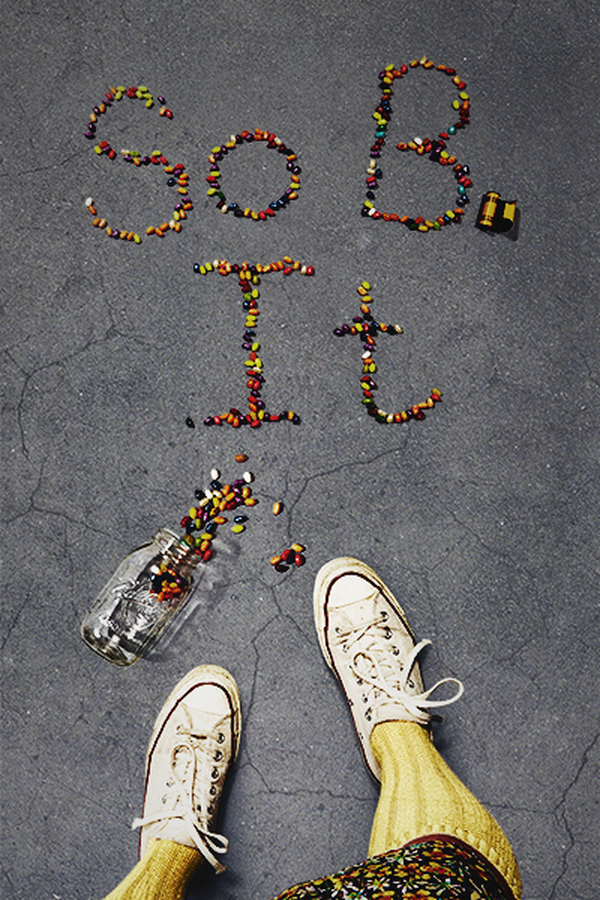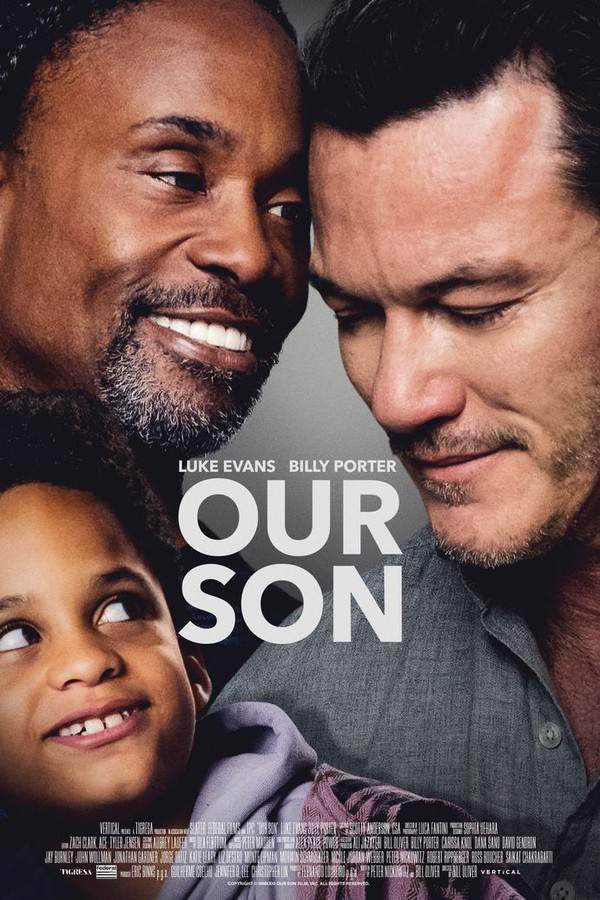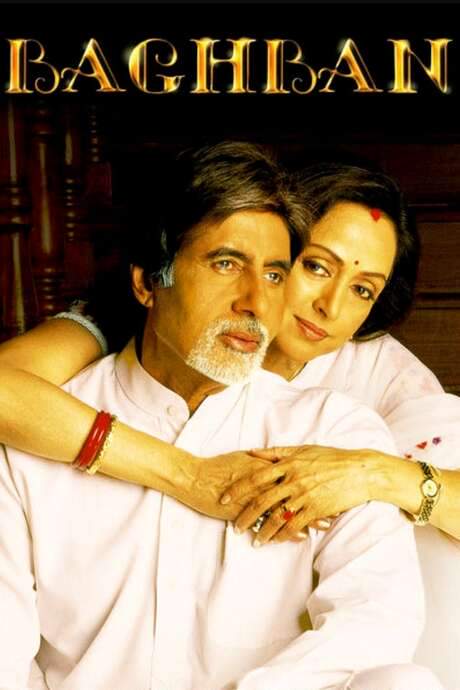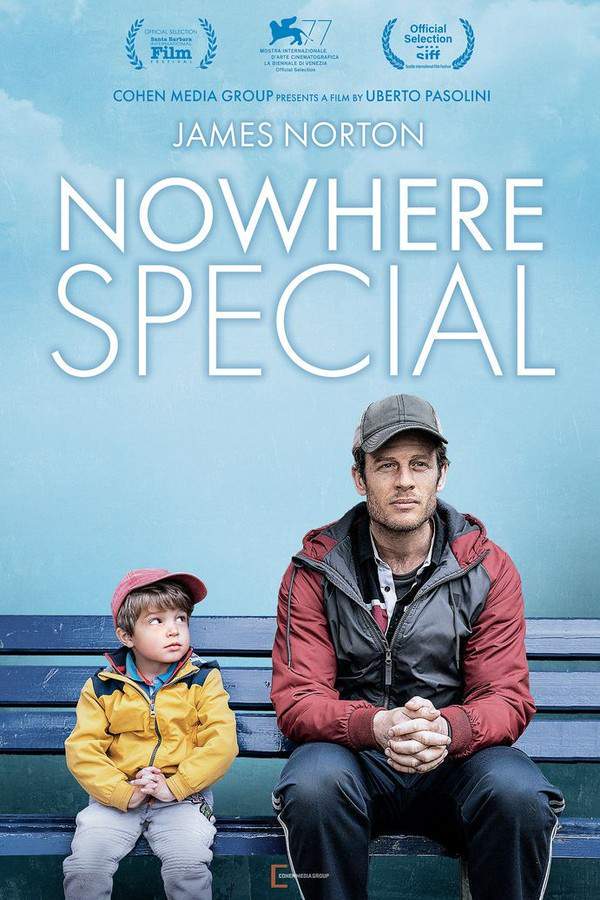
Miracle in Cell No. 7
Year: 2022
Runtime: 145 mins
Language: Indonesian
Director: Hanung Bramantyo
Dodo Rozak is a kind-hearted but intellectually limited man who strives to be a good father to his young daughter, Kartika. Despite his childlike behavior, Kartika often cares for him, and they share a loving and happy life together. Their bond is central to their existence, and they navigate their world with a unique and heartwarming dynamic.
Warning: spoilers below!
Haven’t seen Miracle in Cell No. 7 yet? This summary contains major spoilers. Bookmark the page, watch the movie, and come back for the full breakdown. If you're ready, scroll on and relive the story!
Miracle in Cell No. 7 (2022) – Full Plot Summary & Ending Explained
Read the complete plot breakdown of Miracle in Cell No. 7 (2022), including all key story events, major twists, and the ending explained in detail. Discover what really happened—and what it all means.
Ye-sung is an aspiring lawyer, and for a class project she chooses the wrongful conviction of her late father as the subject of a mock trial. The present-day sequence follows Ye-sung as she leaves a courthouse after a successful verdict and notices a balloon snagged on barbed wire, a memory that pulls her back into a much heavier past. The story then unfolds through a long and intimate look at a family, a miscarriage of justice, and the stubborn resilience of a community that never fully gives up on one man’s innocence.
Back in 1997, 6-year-old Ye-sung and her father, Dodo Rozak, Vino G. Bastian, a man with a developmental disability, share a quiet dream in a bustling city market. They eye a Sailor Moon backpack with hopeful smiles, and Dodo promises to buy it when he gets paid. But in a cruel twist of fate, the police commissioner and his daughter beat them to the bargain. When Dodo runs in to fetch the bag, he is assaulted and ends up outside the store without the prize but with a heavier burden of suspicion.
In the days that follow, the family’s life is upended. A bystander misreads a moment of CPR and, to many, it seems like Dodo is responsible for the death of the commissioner’s daughter. He is arrested and quickly imprisoned in a harsh system that treats him as the perpetrator rather than a victim, especially because of his disability. The prison life is hard for him, and he is initially ostracized by other inmates who fear the stigma of the crime he’s been accused of. Yet, as the days pass, a different bond begins to form.
Dodo’s spirit and integrity earn him an unlikely ally in the prison yard: So Yang-ho, a gang leader who begins to see something worth saving in him. Their uneasy alliance becomes a turning point, and the inmates work together to open doors that the outside world has slammed shut. The movie introduces the warmth and danger of a shared space, where a chorus of voices—guards, inmates, and visitors—create a fragile harmony.
A pivotal moment arrives when Ye-sung’s school choir visits the prison, and she is allowed to spend a night with her father for the first time. The gesture marks a rare glimpse of tenderness inside the harsh walls, and Ye-sung learns that her father’s love remains intact even behind bars. The warden comes to recognize that Dodo is not the criminal many claim him to be, and gradually the family’s visits become more regular, bridging an impossible distance with patience, faith, and small acts of hope.
As the trial looms, the inmates take on a crucial role in preparing Dodo. They coach him to answer questions with care, rehearsing answers to potential prosecutor lines so he can present himself as clearly and calmly as possible. The process is rigorous and exhausting, but it plants the seeds of a defense that must wait for its day in court. Yet the pressure from the commissioner escalates, and a brutal confrontation leaves Dodo with an impossible choice: confess to a crime he did not commit in order to protect Ye-sung or maintain his truth and risk everything.
In a devastating turn, Dodo tells a lie he hopes will save Ye-sung’s future, claiming that he killed the commissioner’s daughter. For this, he is sentenced to death, with the execution date set on December 23—coincidentally Ye-sung’s birthday. The room trembles with fear and urgency as the inmates—now a makeshift family—come together to plot a dramatic rescue. They construct a hot air balloon, a fragile vessel of freedom, and on the night of a prison concert, they launch a bid for escape. As Ye-sung watches, the rope of the balloon catches on the barbed wire, halting what might have been a miraculous break. The moment is bittersweet: the escape attempt fails, but the connection between father and daughter remains unbroken.
The film then leaps forward sixteen years to a courtroom in the present. Ye-sung, the aging warden, and the former Room 7 inmates attend a mock trial that becomes a real catalyst for truth. A judge overturns the old verdict and grants a posthumous acquittal for Dodo Rozak, orders a reinvestigation of the girl’s death, and offers a measure of closure to the surviving members of the outcast crowd who never stopped believing in his innocence. While the acquittal carries no official final weight, it carries immense emotional sway for Ye-sung, the warden, and the now-grown inmates who carried the memory of that old case for years. The film circles back to the balloon—an image that first signified a fragile dream of escape and now stands as a memory of love, perseverance, and the possibility of justice finally catching up to the truth.
Throughout this sweeping, compassionate narrative, the threads of memory, loyalty, and belief weave a tapestry that remains hopeful without ignoring the pain. The story respects the complexity of a wrongful accusation and honors the enduring bond between a daughter and her father, even long after the body has been laid to rest. It closes on a quiet, tearful acknowledgement that vindication can come in many forms, sometimes years after the moment of injustice, and that the human heart can carry a memory powerful enough to inspire change long after the courtroom lights have fallen. The final image—Ye-sung gazing toward the sky as the balloon fades away—encapsulates a life defined by love, memory, and the stubborn pursuit of truth.
Last Updated: October 01, 2025 at 10:22
Explore Movie Threads
Discover curated groups of movies connected by mood, themes, and story style. Browse collections built around emotion, atmosphere, and narrative focus to easily find films that match what you feel like watching right now.
Movies about wrongful conviction and human bonds like Miracle in Cell No. 7
Stories of devastating legal injustice balanced by profound human connection.If you were moved by the tragic injustice and heartwarming relationships in Miracle in Cell No. 7, explore these similar films. This collection features dramas where a wrongful imprisonment is countered by powerful human connections, offering a bittersweet yet hopeful viewing experience.
Narrative Summary
The narrative follows a protagonist, often with an inherent vulnerability, who is unjustly imprisoned. The central conflict is the fight against a corrupt or flawed system, while the emotional core develops through their relationships with fellow inmates or a loyal loved one on the outside, leading to a poignant conclusion that mixes tragedy with a form of emotional victory.
Why These Movies?
These films are grouped together because they masterfully blend the high-intensity tension of a legal thriller with the deep emotional weight of a character-driven drama. They share a bittersweet tone, a steady pacing that builds character connections, and a focus on perseverance in the face of overwhelming adversity.
Movies with powerful parent-child bonds like Miracle in Cell No. 7
Emotional stories where a unique parent-child love is pushed to its limits.If the heartwarming yet heartbreaking relationship between Dodo and Kartika in Miracle in Cell No. 7 resonated with you, discover these similar films. This selection focuses on stories where the unwavering love between a parent and child is the central theme, enduring through immense hardship and leaving a lasting emotional impact.
Narrative Summary
The story revolves around a parent, who may be vulnerable or different in some way, and their deeply devoted child. A major crisis—such as a separation, a legal battle, or a life-threatening situation—threatens to tear them apart. The narrative unfolds through their unwavering loyalty and the sacrifices they make for each other, culminating in an ending that is emotionally resonant and bittersweet.
Why These Movies?
These movies are united by their heavy emotional weight and focus on the purity of a parent-child relationship under duress. They share a bittersweet tone, steady pacing that allows the relationship to develop, and a core theme of love and sacrifice that transcends the surrounding tragedy.
Unlock the Full Story of Miracle in Cell No. 7
Don't stop at just watching — explore Miracle in Cell No. 7 in full detail. From the complete plot summary and scene-by-scene timeline to character breakdowns, thematic analysis, and a deep dive into the ending — every page helps you truly understand what Miracle in Cell No. 7 is all about. Plus, discover what's next after the movie.
Miracle in Cell No. 7 Timeline
Track the full timeline of Miracle in Cell No. 7 with every major event arranged chronologically. Perfect for decoding non-linear storytelling, flashbacks, or parallel narratives with a clear scene-by-scene breakdown.

Characters, Settings & Themes in Miracle in Cell No. 7
Discover the characters, locations, and core themes that shape Miracle in Cell No. 7. Get insights into symbolic elements, setting significance, and deeper narrative meaning — ideal for thematic analysis and movie breakdowns.

Miracle in Cell No. 7 Spoiler-Free Summary
Get a quick, spoiler-free overview of Miracle in Cell No. 7 that covers the main plot points and key details without revealing any major twists or spoilers. Perfect for those who want to know what to expect before diving in.

More About Miracle in Cell No. 7
Visit What's After the Movie to explore more about Miracle in Cell No. 7: box office results, cast and crew info, production details, post-credit scenes, and external links — all in one place for movie fans and researchers.







